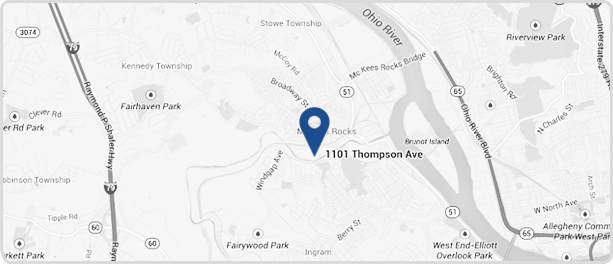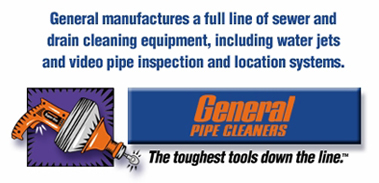Custom Extension Springs
General Wire Spring is an extension spring manufacturer specializing in custom extension springs and custom extension spring ends which include machine loop and crossover loop ends, among other options to accommodate different tensions. Extension springs absorb and store energy by offering resistance to a pulling force. Various types of ends are used to attach the extension spring to the source of the force.

Extension Spring Ends
It should be remembered that as the space occupied by the machine loop is shortened, the transition radius is reduced and an appreciable stress concentration occurs. This contributes greatly to shortened spring life and premature failure.
Most extension spring failures occur in the area of the end. To maximize the life of the spring, the path of the wire should be smooth and gradual as it flows into the end. Tool marks and other stress concentrations should be held to a minimum. A minimum bend radius of 1 1/2 times the wire diameter is recommended.
Initial Tension 
Most extension springs are wound with initial tension. This is internal force that holds the coils tightly together. The measure of the initial tension is the load necessary to overcome the internal force and just start coil separation. Unlike a compression spring, which has zero load at zero deflection, an extension spring can have a preload at zero deflection. This is graphically illustrated in Figure 1.
This built-in load, called initial tension, can be varied within limits, decreasing as the spring index increases. Figure 3 illustrates this fact. Note that there is a range of stress (and, therefore, force) for any spring index that can be held without problems. If the designer needs an extension spring with no initial tension, the spring should be designed with space between the coils.
Request a Quote for Extension Springs >>
Extension Springs Technical Drawings
 The illustration to the right is recommended as a guide in specifying extension springs. The functional design characteristics of the spring should be given as mandatory specifications. Secondary characteristics, which may well be useful for reference, should be identified as advisory data. This practice controls the essential requirements, while providing as much design flexibility as possible to the spring manufacturer in meeting these requirements. Custom extension springs are made in a variety of materials, click here to learn more.
The illustration to the right is recommended as a guide in specifying extension springs. The functional design characteristics of the spring should be given as mandatory specifications. Secondary characteristics, which may well be useful for reference, should be identified as advisory data. This practice controls the essential requirements, while providing as much design flexibility as possible to the spring manufacturer in meeting these requirements. Custom extension springs are made in a variety of materials, click here to learn more.









